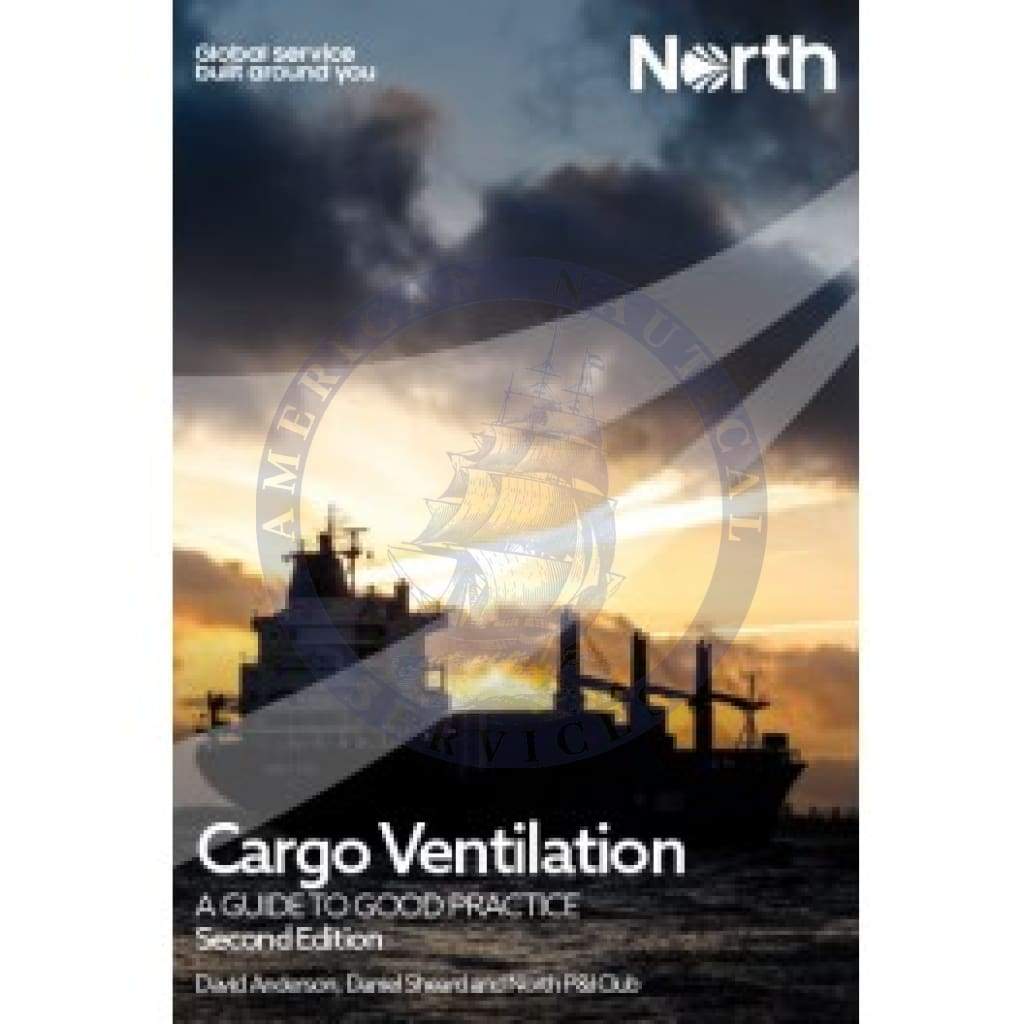Overview
This unique illustrated guide for masters, ships’ officers and others associated with the carriage of cargo explains how to avoid problems and disputes arising from incorrect use of natural and mechanical hold-ventilation systems on cargo ships.
Incorrect use of ventilation can lead to cargo damage from ship’s sweat, cargo sweat, rainwater or seaspray. The guide addresses the key cargo ventilation questions of why, when, what and how, with particular emphasis on the application and pitfalls of the dew-point and three-degree rules.
The guide works on various levels, with a quick reference section supplemented by practical guidance and considerations, plus a scientific background for those wishing to understand the underlying principles.
Content
1. INTRODUCTION 3
2. Why Ventilate? 3
3. Safety 4
4. How to use this guide 5
5. Glossary of terms 6
2. QUICK REFERENCE 7
When to ventilate 7
Cargoes that may require ventilation 7
3. PRACTICAL GUIDANCE 10
What is sweat? The simple explanation 10
Know your cargo: hygroscopic and non-hygroscopic 14
Finding the dew point 15
Three-degree rule - for hydroscopic agricultural cargoes only 17
How effective is ventilation? 18
When should cargo be ventilated? 20
When should ventilation be stopped? 21
Types of ventilation system 22
Importance of record keeping 25
4. PRACTICAL CONSIDERATIONS 27
Stowage 27
Dunnage 28
Cargoes which do not fit the rules 31
Equipment for measuring the dew point 32
Myth or truth? 34
5. SCIENTIFIC BACKGROUND 37
Air, Moisture and relative humidity 37
Relative humidity and dew point - an example 39
How much condensation is produced? 40
Hygroscopic cargoes 41
Scientific rational for ventilation 42
lang="en-US"
Details
Title: Cargo Ventilation: A Guide to Good Practice, Second Edition
Edition: Second
Number of Pages: 47
Product Code: WS7001K
Product Code: IT103058 (eBook)
Published Date: June 2020
Weight: 0.70 kg
Author: The North of England P&I Association Ltd








